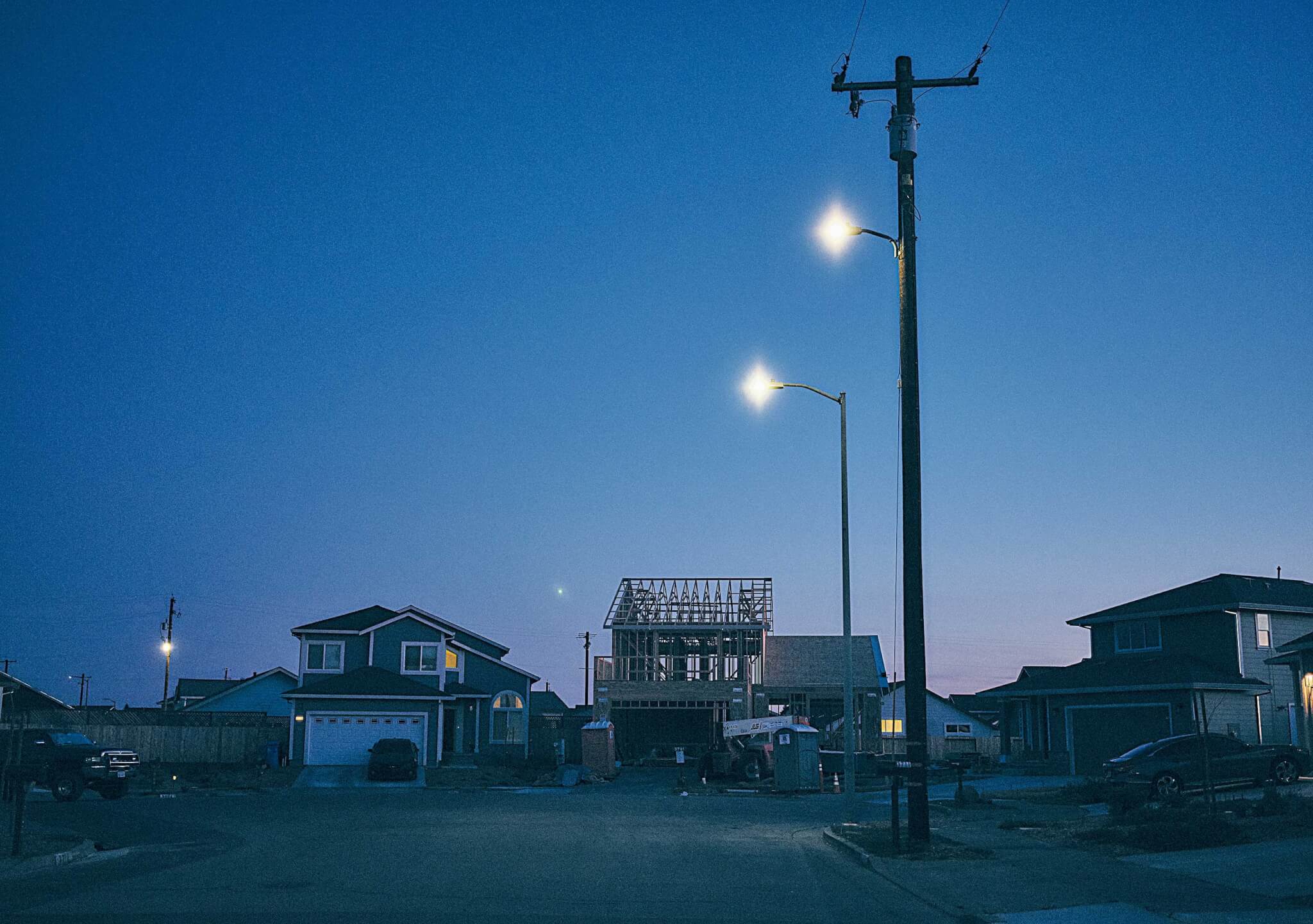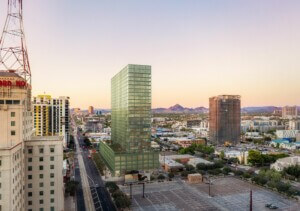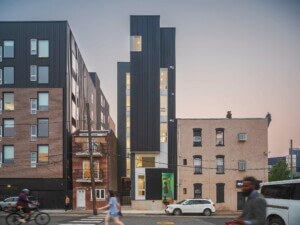My apartment in Brooklyn is almost 11 feet wide. Over the years, I’ve lived, variously, in graduate-student housing in Manhattan, in a 2-floor apartment with a view of the Atlantic Ocean in Brazil, and in a loft carved out of an attic in Houston. I’ve lived in a concrete-floored, modernish backhouse with only barn doors separating me from the sounds of my roommate’s intimate activities and in a former barrack—also with concrete floors—where it was recommended to shake out your shoes in the morning to avoid scorpions. I’ve lived in one half-floor quadrant of a fourplex with enough space that one area passed as a sunroom. Growing up, I lived with my family in a “typical” new-construction home on a “typical” suburban cul-de-sac and, earlier, in a drafty Victorian with a turret and a phone line run along the snowy ground to the house next door, where we previously resided. And the list goes on.
These venues are largely the stages upon which the scenes of my life have played out so far. Such a peripatetic history is common among young people. Today, home signifies everything from a place of psychological comfort and safety to a market unit of real-estate speculation. The reality of one’s home as a financial asset often overrides its capacity for individual expression and responsiveness. Hence, the ubiquity of the modern farmhouse aesthetic and the reign of greige, both of which have been documented by architecture critic Kate Wagner. (Last year, a comment by Jack Self in AN’s September issue also addressed the predicament, which began with an uplifting line—“You can’t afford to buy a home”—and continued on from there.) In an essay about home on this issue’s back page, Sean Joyner writes about a broken door that required multiple trips to Home Depot to fix.
Whereas home can be found in an embrace or a group chat or on a dance floor, housing means the physical locations where we live. When it is taken up as an architectural concern, it also implies multifamily dwellings at different scales and in disparate arrangements. In this issue of the newspaper, we look at efforts by architects to produce housing across the country. Of the four featured projects, three are affordable complexes, one is for seniors, and another was designed under the organizational logic of cohousing.
As this issue arrives, the housing crisis remains impossible to ignore. Here in New York, it was estimated late last month that the city passed 100,000 people in homeless shelters. More recently, the New York City Housing Authority revised the price tag for needed repairs from $45 billion in 2018 up to $78 billion, and the City Council continues to battle with Mayor Eric Adams about rental assistance. The problems with housing don’t stem from a lack of design prowess or technology, but instead arise from the trickier arena of political and economic will. To that end, housing expert Samuel Stein opens the feature section with a text about less obvious ways to prompt the creation of more affordable housing in New York.
Home pops up throughout the issue in other stories. See the brief news item about the new venue for the Louis Armstrong Center, across the street from the trumpeter’s brick house in Queens and learn about the work of Studio Ma creating housing in Arizona. We also visit Buffalo, New York, a postindustrial city that’s reinvesting in itself, as seen in the historic revitalization of one of its core institutions: Anthony Paletta reviews the fully renovated digs of the Buffalo AKG Art Museum, designed by OMA/Shohei Shigematsu in collaboration with Cooper Robertson, kicking off our gleaming Focus section about glass.

At the end of the issue, don’t miss the excerpt from American Framing, published by Park Books and available in the United States in August. The text by Paul Preissner and photography by Chris Strong—including the image above—take the banal and invisible topic of wood construction as their subject. Most new multifamily buildings in the country are built using this structural logic. That’s not a bad thing. As my father would say to me years ago when we lived together in our family’s “typical” suburban home: “I’m not criticizing, just noticing.”











